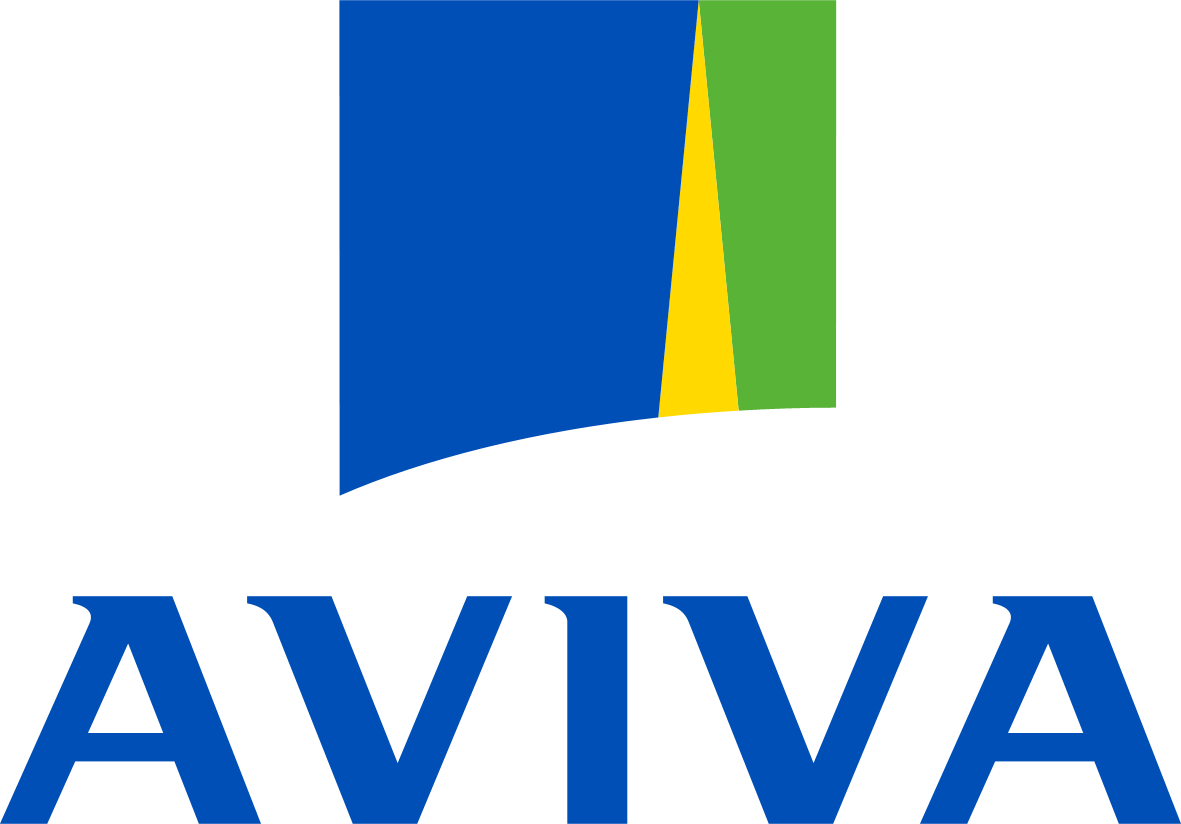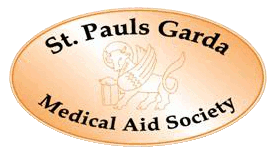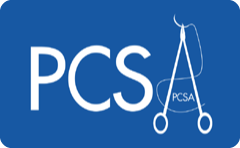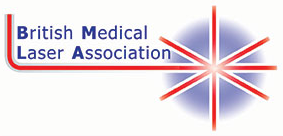Eczema / Dermatitis
 Download this information as a PDF
Download this information as a PDF
What is atopic dermatitis/eczema?
Atopic dermatitis(also known as atopic eczems) is a chronic, itchy skin condition that is very common in children but may occur at any age. It is also known as eczema and atopic eczema. It is the most common form of dermatitis.
Atopic dermatitis usually occurs in people who have an 'atopic tendency'. This means they may develop any or all of three closely linked conditions; atopic dermatitis, asthma and hay fever (allergic rhinitis). Often these conditions run within families with a parent, child or sibling also affected. A family history of asthma, eczema or hay fever is particularly useful in diagnosing atopic dermatitis in infants.
 Download this information as a PDF
Download this information as a PDF
Is there a cure?
There is no known cure for atopic dermatitis (also known as atopic eczema). As a large part of the tendency towards eczema is genetic, there is unlikely to be a cure anytime in the foreseeable future. There is, however, ongoing research and very effective treatments.
 Download this information as a PDF
Download this information as a PDF
PRIMARY CARE MANAGEMENT OF CHILDHOOD ATOPIC ECZEMA
INTRODUCTION
Atopic Eczema is an inflammatory skin disease categorised by an itchy, erythematous, demarcated rash, which has a predilection for the skin creases. A.E. is a familiar disease of unknown origin that is part of the spectrum of atopy (often linked with asthma and hay fever). These atopic individuals have a genetic predisposition to react to triggers in the environment by developing the various atopic disease states, which in the case of A.E. is itchy skin. (Photo 1). These atopic patients are often best managed within general practice as all aspects of their atopic state (skin, lungs, nose, gut, etc) can be dealt with in a holistic way rather than the organ specific approach often offered by consultants in various specialities.
 Download this information as a PDF
Download this information as a PDF
- Constantly moisturise your hands at least five or ten times a day with a “safe” greasy moisturiser as recommended by Dr Buckley (e.g. emulsifying ointment or Neutrogena Hand Cream, unscented). Avoid any other cosmetic moisturisers on sensitive hands.
- Keep your hands dry at all times by the careful use of gloves. Before wet work moisturise your hands with your recommended moisturiser and put on a pair of light cotton gloves (e.g. Seton Gloves) followed by a pair of domestic rubber or PVC gloves for housework or industrial gloves for heavy work. Take a break every 15 minutes, remove the gloves and moisturise again. Cotton gloves by themselves are suitable for “dry” work around the house such as hoovering, polishing etc. Surgical latex gloves may be more suitable for delicate wet work.
- Avoid direct hand contact with soaps, shampoos, washing up liquids and detergents. Use a washing machine and dishwasher if at all possible.
- Avoid hand washing. Get your gloves dirty, not your hands. If you have to wash your hands (e.g. after going to the toilet) never use soap. Use a recommended soap substitute such as Emulave Wash with lukewarm water. Then dry your hands carefully and moisturise immediately with your recommended moisturiser. These soap substitutes can also be used in the bath or shower by placing a small amount on a sponge to clear the skin. Use an electric razor instead of wet shaving.
- Use a detergent free shampoo such as “Emulave shampoo” or else wear surgical gloves when washing your hair.
- Rings should only be work for special occasions, never during work. Avoid cheap jewellery (18 carat gold, solid silver or stainless steel are safe).
- Buy plenty of gloves and hand moisturisers and place them in strategic places around the home and at work so that you don’t have to go looking for them every time you need them e.g. in the bathroom, kitchen, garage, car and at work.
- It may take many months for your hands to recover. Even after recovery you will still have to take great care of your hands to prevent relapse.
- Pain, oozing, crusting or a sudden deterioration of your hand eczema/dermatitis may indicate that your skin has become infected. Check with Dr Buckley, as you may need antibiotic tablets.
 Download this information as a PDF
Download this information as a PDF
This arises in newborn babies up to the age of six months. It usually presents as cradle cap, but infantile seborrhoeic dermatitis may also affect skin creases such as armpits and groin (when it presents as a type of napkin dermatitis). Non-itchy salmon pink flaky patches may appear on the face, trunk and limbs in severe cases.
Infantile seborrhoeic dermatitis usually clears up completely before the baby is six or twelve months old and rarely persists after one year. If treatment is required, mild emollients, 1% hydrocortisone ointment and / or topical ketoconazole are useful. Infantile seborrhoeic dermatitis is not ususlly associated with underlying allergies of food intolerances .
 Download this information as a PDF
Download this information as a PDF
What is seborrhoeic dermatitis
Seborrhoeic dermatitis is a common, harmless, scaling rash affecting the face, scalp and other areas. It is most likely to occur where the skin is oily. The American spelling is ‘seborrheic’, and ‘dermatitis’ is sometimes called ‘eczema’.
Dandruff (also called ‘pityriasis capitis’) is an uninflamed form of seborrhoeic dermatitis. Dandruff presents as scaly patches scattered within hair-bearing areas of the scalp.
Seborrhoeic dermatitis may appear at any age after puberty. It fluctuates in severity and may persist for years. It may predispose to psoriasis. However, the plaques of psoriasis are more persistent, thicker, and a deeper red colour, with large flakes of white scale. Psoriasis is very likely to affect elbows and knees as well as the scalp. However, sometimes it is difficult to tell psoriasis from seborrhoeic dermatitis on the face, scalp and chest and your doctor may diagnose an overlap condition, known as ‘sebopsoriasis’.
 Download this information as a PDF
Download this information as a PDF
Perioral dermatitis is a common facial skin problem in adult women. It rarely occurs in men. It may occasionally affect children. Groups of itchy or tender small red papules (bumps) appear most often around the mouth. They spare the skin bordering the lips (which then appears pale) but develop on the sides of the chin, then spreading to include upper lip and cheeks. The surrounding skin may be pink, and the skin surface often becomes dry and flaky. Often the skin around the nose is affected too, and sometimes that around the eyes (when it should more correctly be called ‘periocular’, or better still, ‘periorificial’ dermatitis.) Rarely, periorificial dermatitis may affect genital skin or the skin surrounding the anus.
 Download this information as a PDF
Download this information as a PDF
Keratosis pilaris is a very common condition in which there are numerous rough follicular spots, which may be skin coloured, red or brown. Most often they arise on the outer aspect of the upper arms. They may also occur on the thighs and cheeks, and less often on the forearms and upper back.
Keratosis pilaris is most obvious during the teenage years. It may also be present in babies and persist into adult life. However, it is uncommon in elderly people. Keratosis pilaris is particularly prevalent in those who are overweight, or have celtic backgrounds, atopic dermatitis or ichthyosis. Keratosis pilaris tends to be more severe during the winter months or other times of low humidity when skin dries out. Although unsightly at times, it is completely harmless.
 Download this information as a PDF
Download this information as a PDF
Pityriasis rosea is a rash of unknown cause which lasts about six weeks. Pityriasis rosea most often affects teenagers or young adults. In most cases there are no other symptoms, but in some cases the rash follows a few days after a upper respiratory viral infection.
 Download this information as a PDF
Download this information as a PDF
What is pityriasis versicolor?
Pityriasis versicolor is a common skin complaint in which flaky discoloured patches appear mainly on the chest and back. The term ‘pityriasis’ is used to describe skin conditions in which the scale appears similar to bran. The multiple colours arising in the disorder give rise to the second part of the name, ‘versicolor’. It sometimes called ‘tinea versicolor’, although the term ‘tinea’ should strictly refer to infection with a dermatophyte fungus.
 Download this information as a PDF
Download this information as a PDF
Jamie aged 14 months was brought to see me by his mother a few months ago. Mum told me that he has had an itchy rash since he was two months old. This got progressively worse when she weaned him from the breast on to a cows milk formula when he was three months old. He had had numerous treatments since then, including 1% hydrocortisone cream, aqueous cream as a moisturiser, and various dietary restrictions, including being put on a Soya-based formula without success. By the time she brought him to see me, he had an extensive eczematous rash particularly involving the flexures of his elbows, knees and around his neck. The rash had become weepy and crusty, particularly on his face and wrists. He was irritable, particularly at night, and was keeping the whole family awake. His parents were at their wits end and had resorted to homeopathy, herbal creams and “allergy testing” in their local health food store without any success.
Please click the link below to download the document as a PDF.













